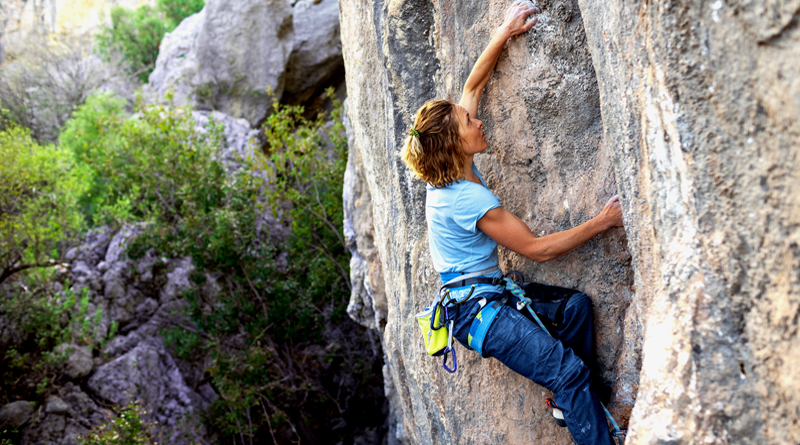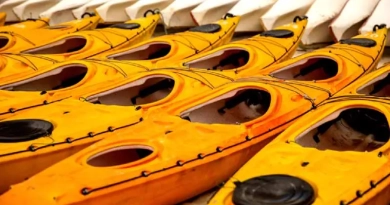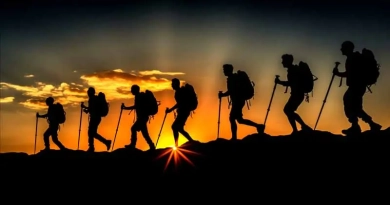
What Should I Wear When Climbing?
The morning light filtered through the trees as I prepared for another climbing adventure, contemplating the crucial question: “What should I wear when climbing?” This query is essential for ensuring safety, comfort, and optimal performance, whether you’re scaling an indoor wall or tackling an outdoor crag. Here’s a detailed guide on what to wear when climbing, based on my personal experiences and the expertise of seasoned climbers.
Climbing attire is more than just about looking the part. The right clothing can protect you from abrasions, regulate your body temperature, and provide the flexibility needed for those challenging moves. So, what exactly should you wear when climbing?
Options and Obstacles
When choosing your climbing attire, several factors come into play:
1. Indoor vs. Outdoor Climbing:
- Indoor Climbing: The environment is controlled, so you won’t have to worry about weather conditions. However, gyms can be chilly, so dressing in layers is advisable.
- Outdoor Climbing: The weather can be unpredictable, and the terrain can be rough. Durability, protection, and layering are key considerations.
2. Mobility and Comfort:
- Mobility: Clothes need to be stretchy and non-restrictive to allow for a full range of motion.
- Comfort: Avoid scratchy fabrics, tight cuffs, or anything that could distract you during a climb.
3. Protection:
- Abrasion Resistance: Clothing should protect you from scrapes and bruises caused by rough rock surfaces.
- Weather Protection: In outdoor settings, you need to be prepared for sun, wind, and rain.
The Best Solution
Here’s a comprehensive guide to what you should wear for both indoor and outdoor climbing:
1. Base Layer:
- Materials: Opt for moisture-wicking, quick-drying, and breathable fabrics. Synthetic materials like polyester or nylon are ideal.
- Fit: Choose a snug fit to avoid excess fabric that could snag on equipment or rock.
2. Mid Layer:
- Insulation: Use lightweight fleece jackets or insulated vests for warmth without restricting movement. This layer is crucial in cooler weather.
- Breathability: Ensure this layer can wick away sweat while providing insulation.
3. Outer Layer:
- Protection: A waterproof and windproof jacket is essential for outdoor climbing. Softshell jackets are a great option, as they provide protection without being too bulky.
- Durability: Choose materials that can withstand the rough conditions of outdoor climbing.
4. Bottoms:
- Pants vs. Shorts: Long pants offer more protection from abrasions, while shorts can be more comfortable in warm weather. Climbing-specific pants or stretchy leggings are recommended for their durability and flexibility.
- Fit: Ensure pants are not too baggy to avoid getting caught on rocks or gear.
5. Tops:
- Shirts: Both short-sleeved and long-sleeved shirts are acceptable, depending on the weather. Choose breathable, moisture-wicking materials.
- Sports Bras: For women, a well-fitting sports bra is essential, particularly for outdoor climbing in warm weather.
6. Footwear:
- Climbing Shoes: Invest in a good pair of climbing shoes that fit snugly and provide excellent grip. Beginners can start with neutral shoes, while more advanced climbers might prefer aggressive shoes for better performance on challenging routes.
- Approach Shoes: For the hike to the climbing site, sturdy approach shoes with good traction are recommended.
Resources and Tools
- Climbing Gyms: Most gyms offer rental gear and can help you try out different types of clothing and equipment.
- Outdoor Retailers: Stores like REI and specialized climbing shops provide a wide range of climbing-specific attire.
- Online Guides and Reviews: Websites like Climbing House and Adventure offer detailed reviews and recommendations for climbing clothing and gear.
Conclusion
As the sun rose higher and the rock face beckoned, I felt ready and well-prepared. Choosing the right climbing attire is about balancing comfort, protection, and functionality. Whether you’re indoors or facing the elements outside, dressing appropriately can enhance your climbing experience and keep you safe. So next time you gear up for a climb, remember these tips and dress for success. Happy climbing!
By following these guidelines, you’ll be well-equipped to tackle any climbing challenge that comes your way. Enjoy the journey, and climb on!






